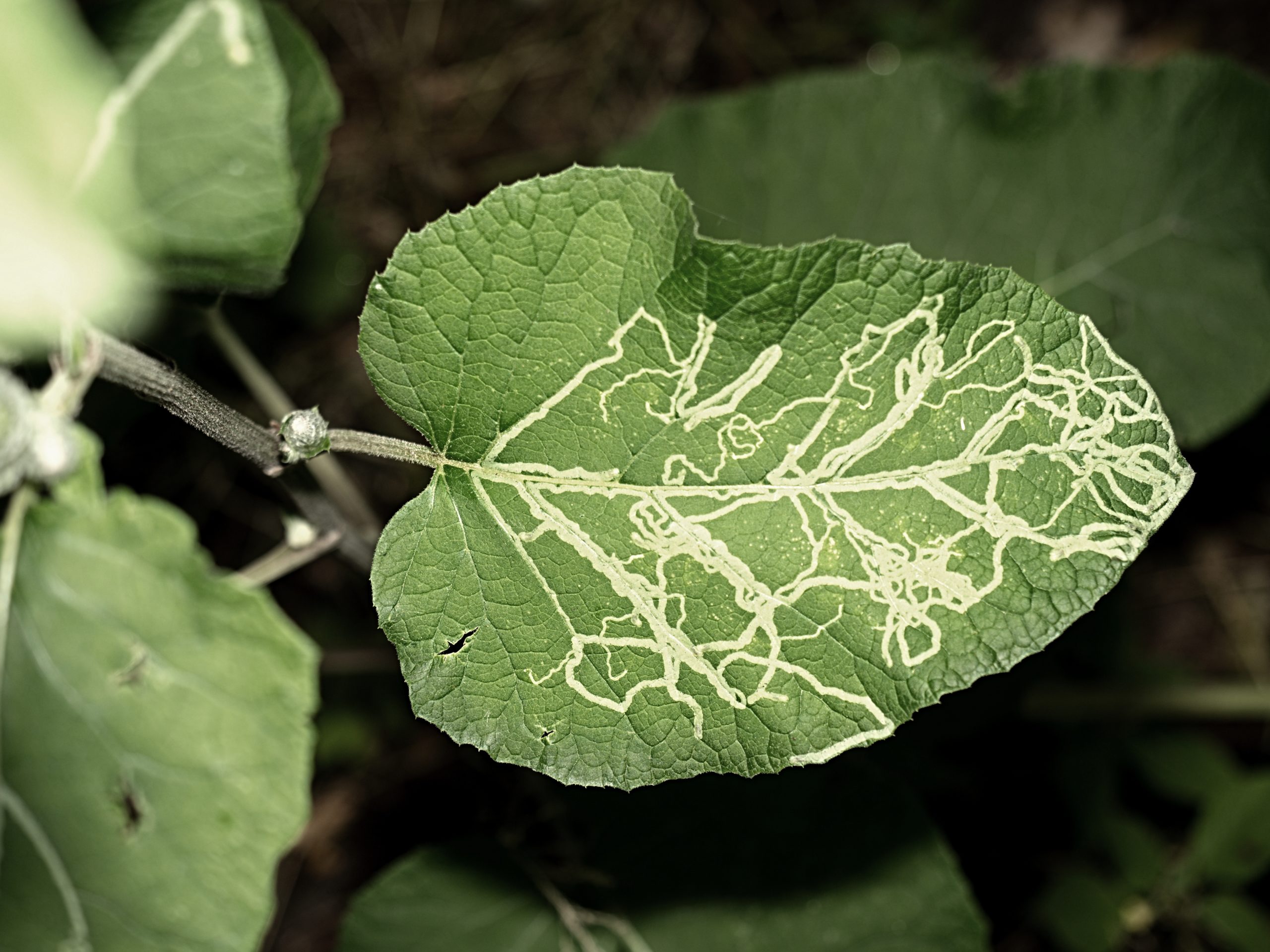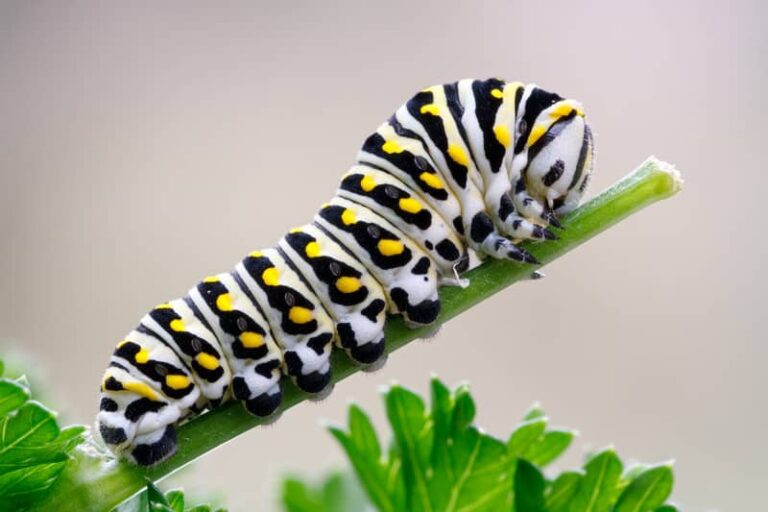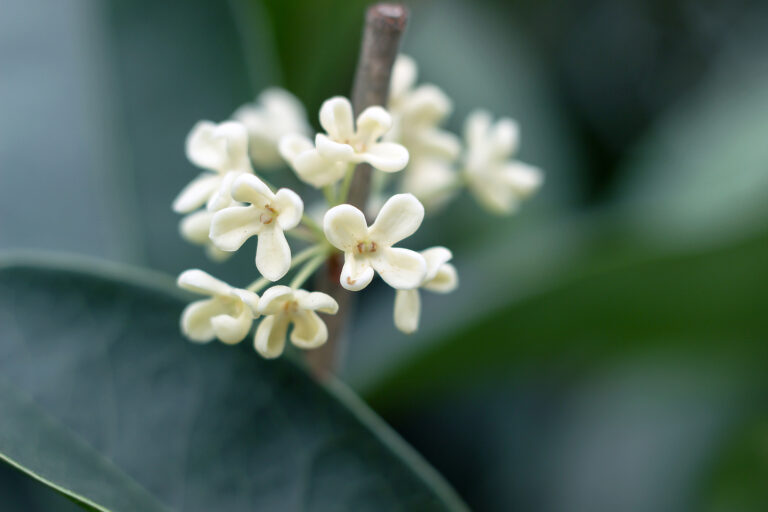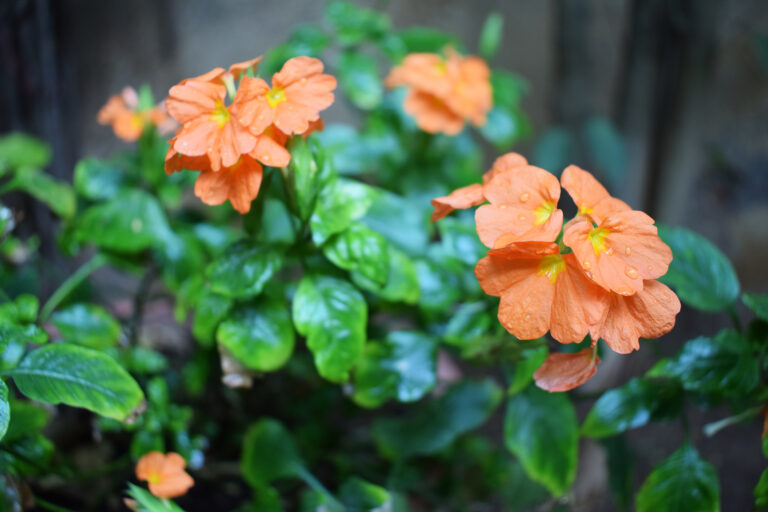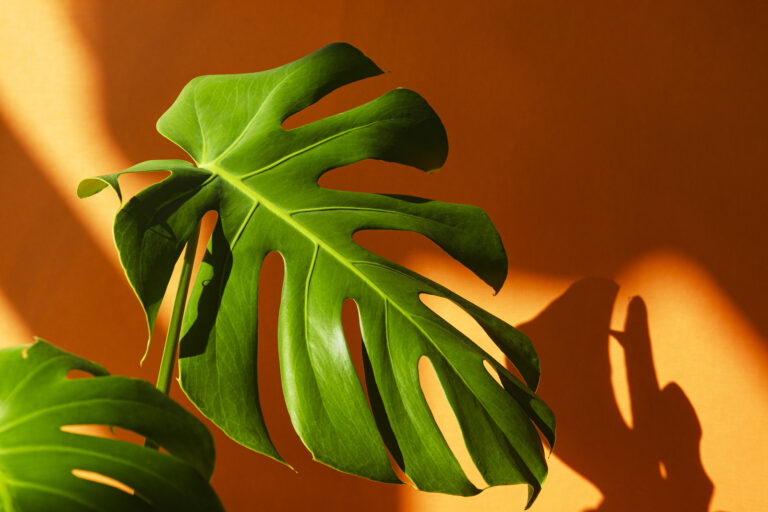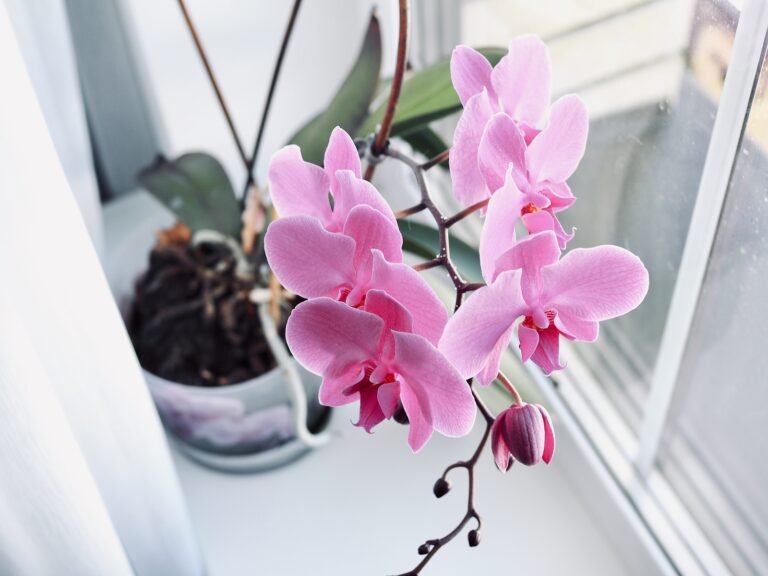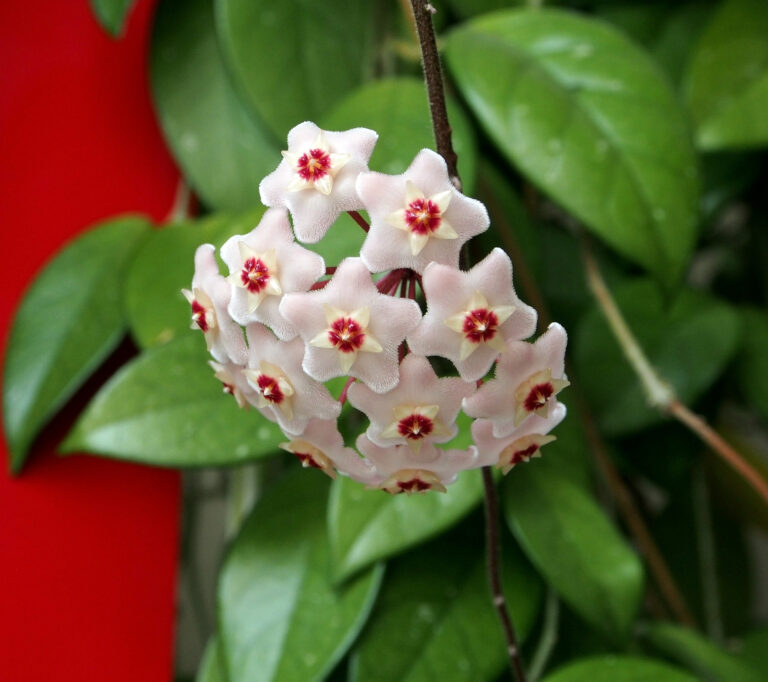Houseplant Problem Solver
Houseplants are usually quick to adapt to their environment. When they don’t it’s usually because of extremes of light, temperature, and humidity. Even in the best home, houseplants can fall prey to natural enemies like insect pests and disease-causing fungi and bacteria. The quicker you recognize the distress, the quicker you can correct the problem.
Houseplant problems are not impossible to diagnose. Sometimes it takes a day or two of observation followed by a bit of detective work or the process of elimination to determine the exact cause. There is almost always a clear cause and effect when it comes to plant problems.
Here are common houseplant problems: environmental problems sometimes called physiological problems, insect problems, and disease problems along with the common causes and solutions.
Environmental problems
| Problem | Cause and Solution |
| Leaf tips and leaf margins turn brown; leaves may turn silvery white, ran or brown | Usually caused by too much or too little water; water with high salt concentration; too much sun or heat through a window; too much fertilizer; insufficient humidity. Determine the cause by eliminating each possibility and then correct it. |
| Yellowing leaves | Too much or too little light; too much or too little fertilizer; nighttime temperatures too warm; too much water; feeding insects such as scale or mealybugs. Determine the cause by eliminating each possibility and then correct it. |
| Leaf drop | Overwatering or underwatering; too much or too little sun; too much fertilizer; not enough humidity or a drafty location; if lower leaves drop, too little light. Determine the cause by eliminating each possibility and then correct it. |
| Wilting | Too much sun or heat; too much or too little water. Try moving the plant to a better spot and check watering. If its too little water, plants will perk up quickly after watering. Avoid frequent wilting for lack of water. |
| Dry and brittle leaves | Underwatering or insufficient humidity. Water as needed; raise humidity by regular misting or place in a humidity tray. |
| Leggy growth | Not enough light or plant too crowded. Pinch back leggy growth and place plant where it can get ample light. |
| Brown of yellow spots on leaf edges or surfaces | Too much water; too much direct sun; drafty location. Determine the cause by eliminating each possibility and then correct it. |
| Failure to bloom | High nighttime temperatures during plant’s rest season; inadequate light during growth period; too much nitrogen in the soil. Check night temperatures; they should be 10 degrees cooler than day temperatures. Move the plant to spot where it gets bright reflected light. Give plant more phosphorus. |
| Flower buds drop off | Inadequate light or too much sun; too much or too little water; low or high room temperatures. Determine the cause by eliminating each possibility and then correct it. |
| Soft stem bases | Indicate root or stem rot; overwatering. Allow soil to dry between waterings. |
| Soggy soil | Overwatering or improper drainage. Check the drainage hole. |
Insect problems
| Problem | Cause and Solution |
| Leaves look patchy, lose color, and pucker or curl. Leaves covered with a sticky substance. | Aphids, 1/8-inch insects, such sap from foliage and secrete sticky excrement. Pick aphids off leaves and destroy; wash plants with lukewarm soapy water and rinse; spray with insecticidal soap. |
| Foliage turns yellow, curls and puckers; brown or silver fleck or steak appear along leaf veins. | Thrips. 1/16-inch, yellow, green, or black insects suck sap from foliage. Remove damaged leaves. Treat with insecticide. |
| Plants stop growing; foliage turns yellow and then drops; when plant is shaken, a white cloud of insects fly up. | Whiteflies, 1/16-inch, congregate on undersides of leaves and suck sap from foliage. Wash plant with lukewarm, soapy water and rinse. Spray with insecticide if severe. |
| Patches of white, cottonlike growth appear on undersides of leaves and on stems; foliage is sticky; plant ceases to grow. | Mealybugs, ¼-inch soft-bodied insects covered with fuzzy white filaments, suck sap from the plant and leave shiny excrement which hosts disease. Moisten a cotton swab with alcohol and dab insects which will die; wash plant with lukewarm, soapy water, and rinse. Spray with insecticide if severe. |
| Foliage turns yellow with bronzy dull appearance; leaves may dry up and fall; webbing appears on foliage. | Spider mites, nearly microscopic pests, red, yellow, green, or black. Shake foliage over white paper to seed dust-like moving specks. Water plants regularly with lukewarm water; maintain high humidity. Use a miticide. |
| Foliage turns yellow and dies; rounded or oval bumps that are green, brown, or black appear on stems and leaves; a shiny substance appears on leaves. | Scale, a 1/8-inch insect with round or oval shell-like covering, sucks sap from foliage and excretes a sticky substance. Use lukewarm water and a soft brush to remove scale from leaves, rinse with water. Use insecticide for severe infestation. |
| Plant growth slows or stops; small flying insects fly up from soil and around plant. | Fungus gnats, black flies to 1/8-inch long, feed on plants; larvae hatch in soil and may feed on plant roots. Rinse the soil with an insecticide; spray the area around the plant with household insecticide. |
| Plants wilt, cease to grow, may die; white cottonlike masses form at or just below the soil surface. | Root mealybugs, 1/16-inch long insects, feed on underground roots. Dip the entire plant, including pot, into an insecticide solution. |
| White, yellow, or light green serpentine trails appear on leaves and eventually turn brown or black and become blotchy as leaf dries up. | Leafminer, 1/10-inch fly larvae, tunnels between layers of leaves and feed on leaf tissue. Remove infested foliage and spray with a systemic insecticide to the growing medium. |
Disease problems
| Problem | Cause and Solution |
| Stems of seedlings turn brown and the seedlings suddenly fall over and die. | Damping-off, soilborne fungus. Use soilless sowing medium; be careful not to overwater. |
| Plant does not grow; plant stems and crowns turn soft and brown at soil line; foliage at the base of the plant, wilts, turns yellow and dies. | Root, stem, and crown rot caused by fungi and bacteria, especially in a wet growing medium. Let the soil dry out between waterings; replant in a soilless medium in a shallower pot; apply a fungicide to the growing mediums; discard severely diseased plants. |
| White powdery coating covers leaves, stems, and flower buds; foliage curls or becomes distorted, turns yellow and dies. | Powdery miles fungus disease is serious where nights are cool and humidity high. Wash leaves with soapy water. Treat severe cases with fungicide. Separate plants to encourage air circulation. |
| Leaves turn yellow starting at outer edges and works toward middle; leaves then wilt, turn brown, and die. Symptoms start at bottom of plant and moves upward. | Wilt disease caused by bacteria or fungi. Use a soilless potting medium. Drench medium with fungicide before planting. Discard plants with severe infection. Rinse pot with a 10 percent bleach solution. |
| Undersides of leaves covered with powdery orange growth; leaves turn yellow and die; plant fails to grow. | Rust fungal disease most prevalent in cool temperatures. Raise room temperature or move the plant to warmer spot; remove infected leaves; make sure air can circulate around plants. Use a fungicide to prevent disease spread. |
| Red, brown, or black spots on leaves usually surrounded by yellow halos; spots increase in size and number and cover leaves that then die. | Leaf spots caused by bacteria or fungi. Remove infected leaves. Do not wet foliage when watering; space plant to ensure air circulation. Treat severe cases with fungicide. |
| Leaves develop gray or brown spots and eventually turn yellow and die. Flowers may not open or are distorted and streaked; flower buds covered with gray or brown fuzzy growth. | Botrytis blight, also called gray mold, fungus disease. Appears in limited light, high humidity, and cool temperatures. Remove flowers as they fade. Treat severe cases with fungicide. Do not overwater or splash water on plants. |
| Leaves become mottled or streaked with yellow. Plant growth slows. | Viral infection. No control for viral diseases infected plants should be isolated for discarded. Viral diseases are often spread by aphids; control aphids. |
Also of interest:

